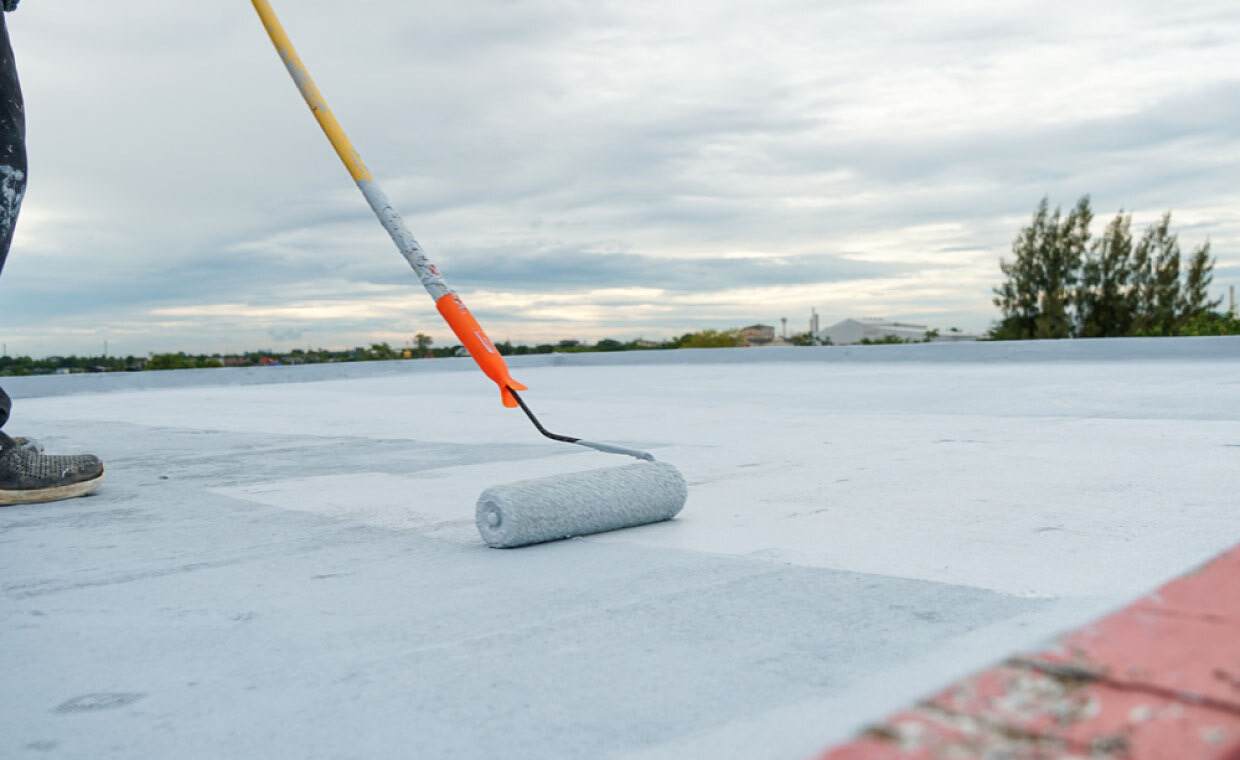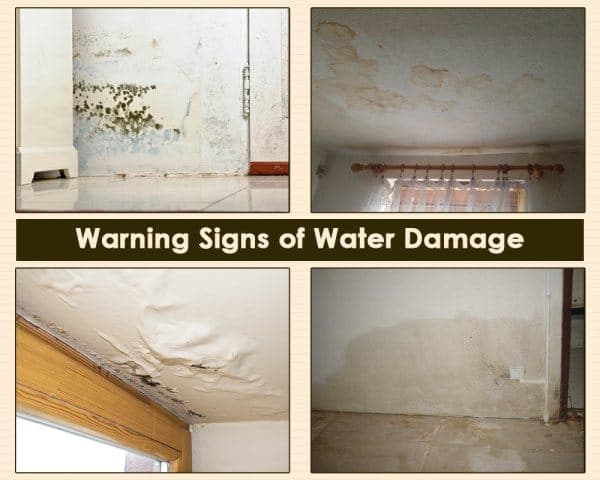
We all know that water is life. It is also the most essential material required in the construction of the building. But what we don’t know is that it can be a severe threat to the structure of your home or any building. Water can seep into the roof, wall and foundation of your home due to many reasons, like unclean gutters, out of order drainage system, or leaking water pipes or defective construction joints. That’s why you should always keep a check on the gutters and plumbing as well as sewerage system because in case, the water starts causing damage, it becomes challenging to support it. And most of the time, people only come to know about it once it has already ruined the structure or it has caused substantial damage.
Though a water damage restoration company can identify the issue by using high-tech devices, what to do when you don’t know in the first place that you need to call them?
Here are some water damage signs you need to know to secure your home from any damage before things start going out of hand:
01. Mold Growth
02. Stain
03. Stale odors
04. Changes in Ceilings and Walls
05. Sudden rise in consumption
06. Bubbling or Peeling paint and wallpaper
07. Unusual humidity and dampness in the home
08. Wet spots, puddles or drips around faucets
01. Mold Growth
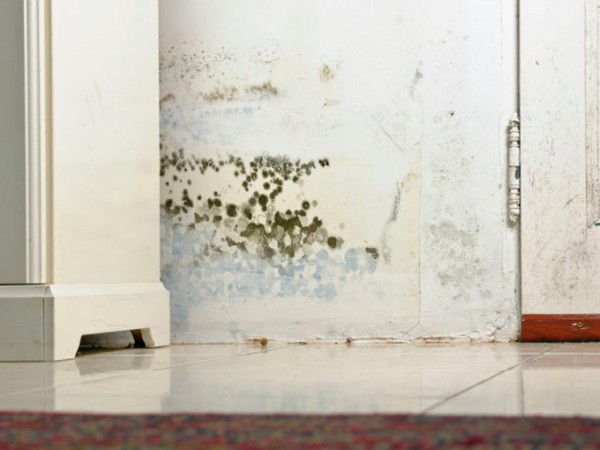
Mold is a fungus that grows on a place that remains damp. No matter how often you clean your bathroom, if you have a hidden water leak, mold can spring up. Mold grows on moist, dark areas, and a pipe, typically hidden in a wall or under floor. It provides the perfect starting point for mold when the pipe leaks. Mold growth generally occurs in areas with excess moisture such as bathrooms, kitchens, toilet and basements. If it appears on your ceilings, walls, especially in an area that is not near any plumbing fixtures, it is very likely that there is a source of moisture behind the walls. It can grow anywhere where there is moisture, even on your carpet, ceiling, wood, etc.
02. Stain

Stain is the most common sign that emerges when water problems start grabbing your building. Stain indicates that water has started damaging your home. Stains are yellowish-brown marks that appear in irregular shape if there is a consistent leaking. Stains are mostly found in bathrooms, basements and area under the sink in the kitchen. Carefully check your home, and if you find anyone of them, it means you need a water damage restoration service provider, like Pyramid Restoration, as soon as possible.
03. Stale Odor
A stale or musty odor is another sign that signals water damage is on its way. Unlike stains and mold, musty odor is easy to support because it is strong and reaches you once you approach the damp area. You don’t have to look for it.
Excess moisture or water can produce a musty smell when it gets absorbed into building materials like sheetrock, wood or drywall. Wall cavities affected by water damage are liable to mold growth which also has a pungent musty odor. If there is a strong musty odor near a certain area of your wall, there can be a chance of water leak or mold growth behind it.
The smell is similar to the stagnant pond, and you have it stronger in the area where the problem has erupted. So, whenever the musty smell hits you hardest, inspect that area carefully to look for some other signs. Wherever you find the mold or stains is the main trouble point. Call restoration service in the first place; they can better tell whether it is due to a plumbing issue or foundation problem or bad workmanship or defective waterproofing.
04. Changes in Ceilings and Walls
Stains and mold are not the only signs of water damage that your walls and ceilings shove at you. If your freshly painted walls start peeling, and within a few days paint gets puffy, water damage might be brewing behind this mess. Most of the time, we ignore this sign, blaming the painter that he didn’t do his job well. Well, that could be the case, but 88% of the time it is due to the damage caused by water.
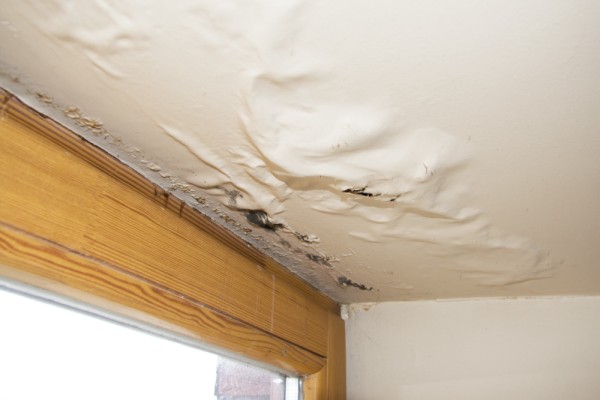
Besides these signs, your walls and ceilings also signal potential water issue when they start leaning and sagging, respectively. So, if you see any of these changes in ceilings and walls, don’t blame your painter or consider it as an optical illusion, take action: call the restoration service.
05. Sudden Rise in Consumption
A sudden rise in your water or sewage bill is another sign of water damage. Review your bill and compare it to previous bills. Take into consideration that issue which may lead to an increase in water use. Minor fluctuations are common, but a sudden spike in usage that you can’t explain means that there is an issue. If you have storage tanks, the frequency of refilling them would increase if there is leakage.
06. Peeling Paint & Wallpaper
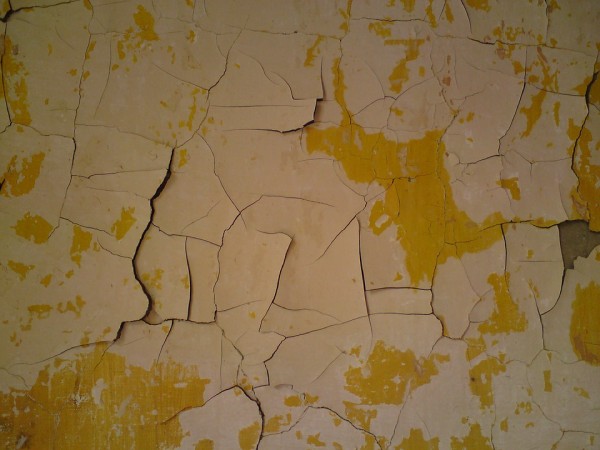
Too much moisture behind the walls can ultimately lead to bubbling or peeling of paint and wallpaper. This usually happens when too much water has been absorbed by the sheetrock behind the wall.
07. Unusual Dampness and Humidity in the Home
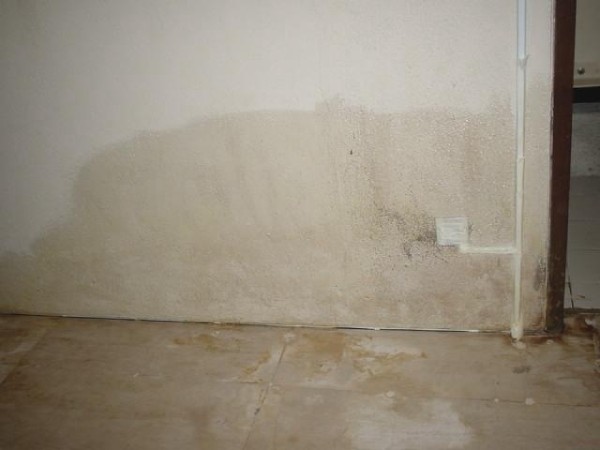
The various effects caused due to dampness in buildings mainly leads to poor functional performance, ugly appearance and structural weakness of the buildings. A damp building creates unhealthy living and working conditions for the inhabitant.
If you find any sign from below, then there can be chances of dampness in your home.
- Efflorescence on the building surface
- Crumbling of Plaster
- Bleaching and Flaking of the Paint
- Damage to tiles because they lose adhesion with the floor bases
- Warping, Buckling and Rolling of timber used in home
- Growth of termites
- Deterioration of Electrical Fittings
08. Wet Spots, Puddles or Drips Around Faucets
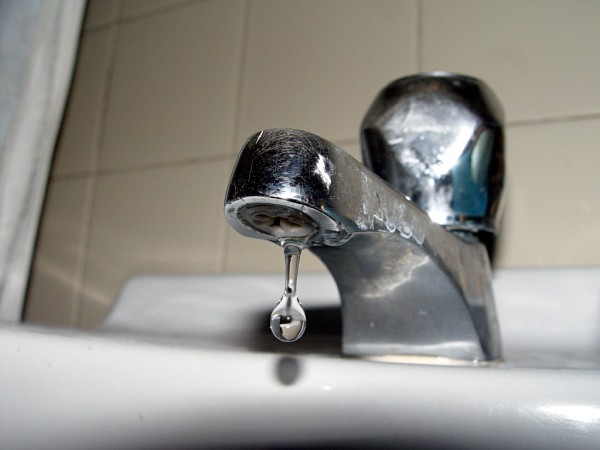
Some leaks are easy to spot—when you find wet spots, puddles or drips around the faucets, even when the handle is turned off, there is no misunderstanding about the fact that your faucet is leaking. Though not all faucet leaks are that obvious, and they can occur in places other than the spout itself. If your everyday water usage is higher than normal, look for less obvious faucet leaks that may be wasting water.
09. Noisy Water Inlets
If there is a noise of water running even when all the fixtures are turned off, there is a chance of water leakage.
Water hammer is the most common noisy pipe issue. It happens when the water is turned off, and at the same time high pressure in the pipes makes the water inside look for a place to go, eventually banging against the shut-off valve or pipe walls. The noise is a noticeable hammering and generally occurs only after appliance or faucet is turned off.
There are also whistling sound in plumbing systems. Frist is whistling in the pipe system, and second is whistling by certain faucets or valves. If just one or two faucets are whistling when they run, the issue is possibly a worn washer, loose brass screw or grimy aerator inside the faucet itself.Believe me, your house loves you, and it always shows signs to alert you whenever something is not right. But mostly we ignore these signs due to ignorance and negligence. So, this time, if your house is showing the above-mentioned water damage signs, pay attention to them because your negligence can cost you a lot. Act before the actions lead to a cost beyond your means. Hope these tips on signs of water damage at home will help you to find out leakage problem of your house.
Must Read:
Tips to Clean Clogged Drain (Toilet, Sink Sewer Pipe)
Things to Check on During Plumbing Inspection
What is a Plumbing Trap and Its Ideal Requirements?







